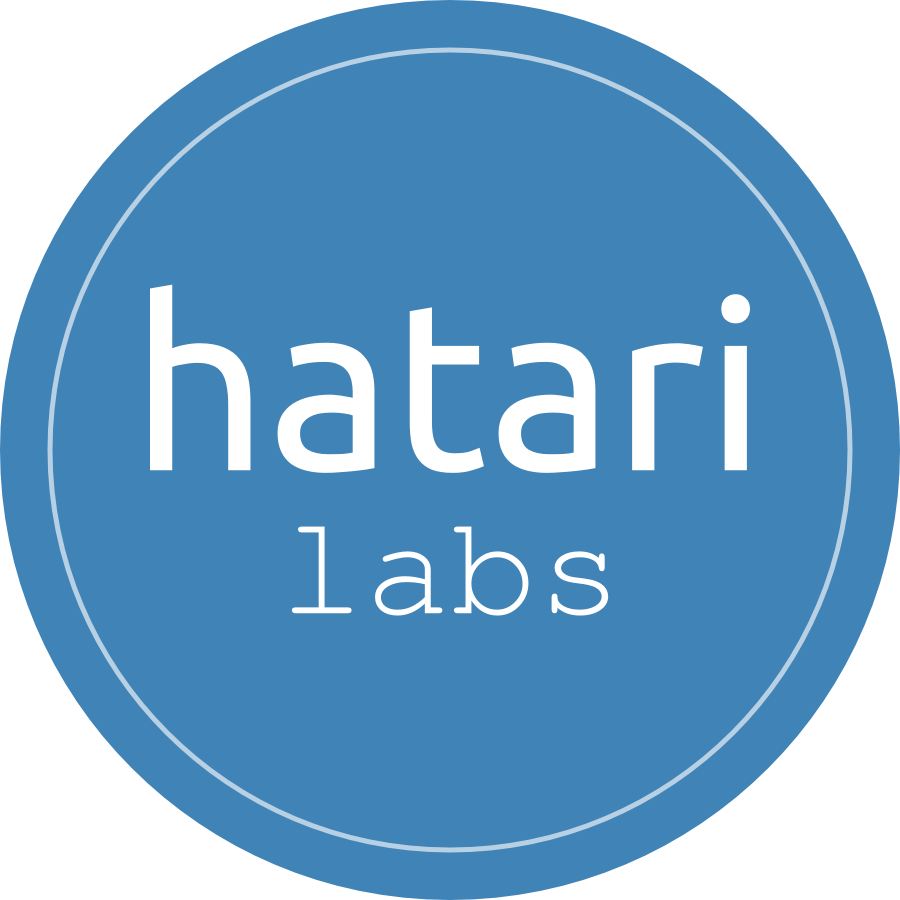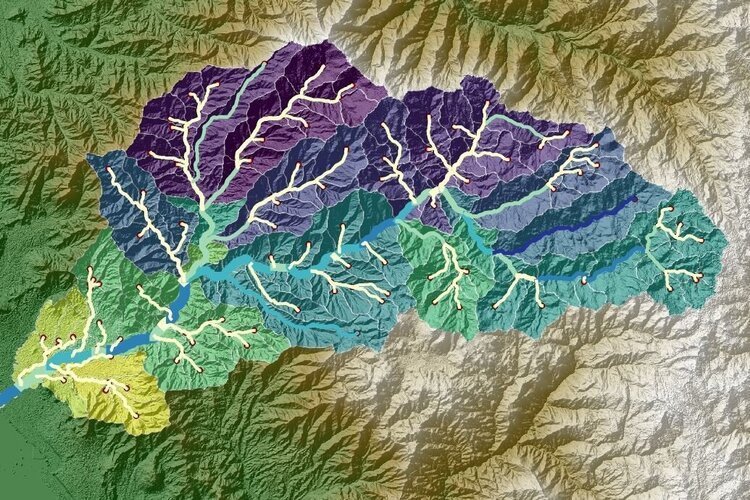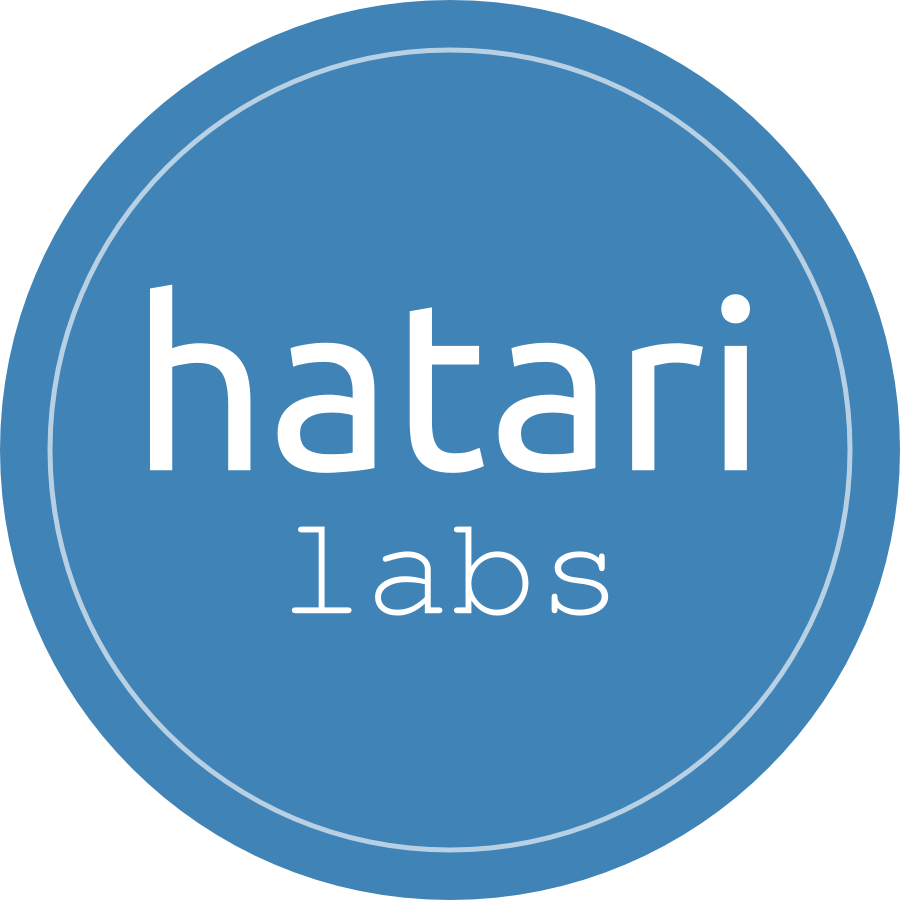How to create a fully Geospatial Groundwater Model with MODFLOW and Flopy - Tutorial
/Nature is geospatial, and every physical process related to the groundwater flow and transport regime is spatially located or spatially distributed. Groundwater models are based on a grid structure and models are discretized on cells located on arrangements of rows and columns; is that level of disconnexion of the spatial position of a piece of porous media and the corresponding cell row and column that creates some challenges for the sustainable management of groundwater resources.
We have to create or re-create the duality in between the geospatial and the model grid, that would be similar to duality of a vector GIS object and its metadata on its essence but more difficult to manage. Affortunately Flopy, the Python library to build and simulate MODFLOW models, has tools to georeference the model grid even with rotation options. The workflow is kind of explicit, meaning that the modeler need a medium knowledge of Python and Flopy tools. This tutorial shows the whole procedure to create a fully geospatial groundwater with MODFLOW and Flopy.
Read More
























